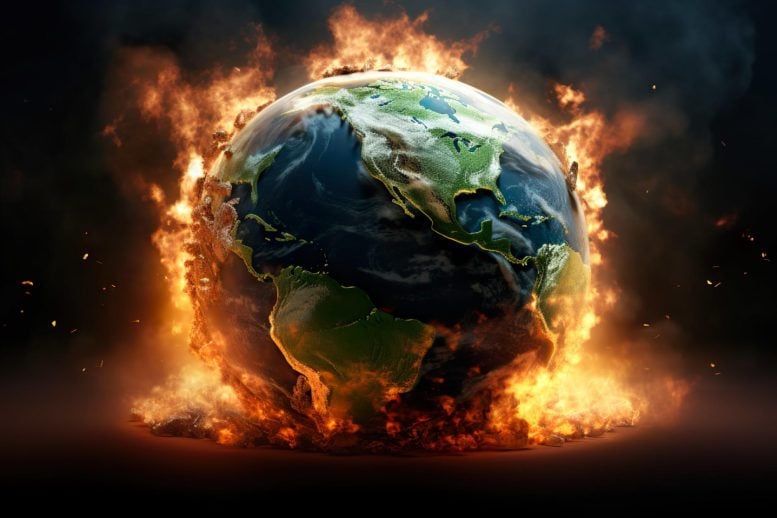
A new study explores the effects of climate change on compounding heat and drought situations, offering insights into the prediction and prevention of extreme weather events. Their findings reveal that the frequency and severity of these events are expected to increase, particularly under worst-case scenarios, underscoring the need for emission reductions and adaptation strategies.
Michael Mann and collaborators conducted research into the impact of climate change on extreme weather occurrences such as wildfires. Their findings suggest that under the ‘worst-case’ scenario, there could be notable escalations in the severity, occurrence, and longevity of such events.
In a study recently published in the Proceedings of the National Academy of Sciences, Michael Mann, professor in the Department of Earth and Environmental Science in the University of Pennsylvania’s School of Arts & Sciences, and colleagues from Clemson University, the University of California Los Angeles, and Columbia University investigated the effects of climate change on exacerbating compounding heat and drought situations.
Their discovery paves the way for better forecasting of these intertwined weather phenomena. This can enable a more comprehensive understanding for scientists and policymakers, thus improving strategies for averting and planning for severe weather occurrences.
“We wanted to see how the state-of-the-art climate models used in the most recent assessment reports of the Intergovernmental Panel on Climate Change address the episodes of heat waves and droughts that have given rise to some of the worst wildfires we’ve witnessed in recent history,” Mann says.
“We also wanted to get a better understanding of how often these events were occurring, their typical durations and their intensity to improve not only our forecasting but approaches to mitigating further damage to human life.”
Compound drought and heat wave events and their effects
The researchers document the deleterious effects of increasingly severe droughts and wildfires occurring in the past three years.
“Two standout events,” Mann says, “were the 2020 California wildfires and the 2019–20 Australian bush fire season, which lasted nearly one whole year and came to be known as the Black Summer. These are known as compound drought and heat wave (CDHW) events and refer to situations wherein a region experiences both prolonged hot temperatures and a shortage of water.”
These conditions can occur together and worsen each other’s impacts, the researchers say, and could potentially lead to heat-related illnesses and deaths, water scarcity for drinking and agriculture, reduced crop yields, increased wildfire risk, and ecological stress. They also note that anthropogenic climate change—climate change that is driven by human activity—can contribute to the frequency and severity of these events.
Projected impact of a worst-case versus moderate-case scenario
The researchers compared two contrasting socioeconomic pathways: the high-end or worst-case scenario, wherein society fails to mitigate the effects of anthropogenic climate change, and a moderate scenario, wherein some conservative measures are put in place and efforts are made to abide by them.
In the worst-case scenario, they found that by the late 21st century approximately 20% of global land areas are expected to witness approximately two CDHW events per year. These events could last for around 25 days and a fourfold increase in severity.
“Comparatively, the average CDHW frequency over the recent observed reference period was approximately 1.2 events per year, lasting less than 10 days, with far less severity,” Mann says.
The most vulnerable geographical regions, such as eastern North America, southeastern South America, Central Europe, East Africa, Central Asia, and northern Australia, are projected to experience the largest increases in CDHW frequency by the end of the 21st century.
“Interestingly, places like Philadelphia and some of the regions in the eastern U.S. are where we expect to see an increase in these sorts of events; urban environments in the summertime will witness the highest relative frequency of these events,” Mann says.
Critical need for proactive measures
The researchers emphasize the profound threat posed by more frequent and intense CDHW events in the coming decades and the dependence the emissions pathway chosen has on the severity of these events.
As climate change continues to unfold, addressing the escalating risks associated with CDHW events becomes crucial. This study contributes to the growing understanding of the projected changes in CDHWs and highlights the need for proactive measures, including emission reductions and adaptation strategies, to build resilience and safeguard vulnerable regions from the impacts of compound drought and heat wave events.
“Our findings provide important scientific context for the record heat and wildfire that we’re witnessing right now here in the United States,” Mann says.
“They underscore that we need to get off fossil fuels as quickly as possible to prevent a worsening of these dangerous combinations of heat and drought.”
Reference: “Climate change will accelerate the high-end risk of compound drought and heatwave events” by Kumar P. Tripathy, Sourav Mukherjee, Ashok K. Mishra, Michael E. Mann and A. Park Williams, 3 July 2023, Proceedings of the National Academy of Sciences.
DOI: 10.1073/pnas.2219825120
The study was funded by the National Science Foundation and the National Oceanic and Atmospheric Administration.

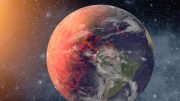
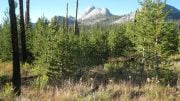
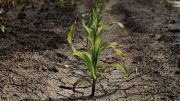
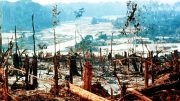
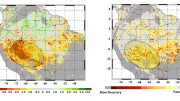
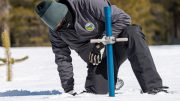
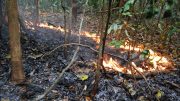
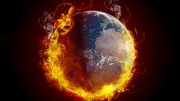
“The researchers document the deleterious effects of increasingly severe droughts and wildfires occurring in the past three years.” The past three years is weather, not climate.
An objective analysis of the issue, from the perspective of the interaction between climate and wildfires, would include looking at all the available data, going back at least 150 years. All of the data I have seen shows that US wildfires burned far larger areas in the early-1900s. Then there is the issue that formerly the forests in both North America and Australia were burned by indigenous people routinely. The colonizing Europeans forced them to stop doing it. Thus, fuel built up in the forests. It appears that the ‘study’ done by Mann et al. doesn’t take into account arson in making fires more frequent.
For anyone who considers Michael Mann an expert on climatology [A.B. applied mathematics and physics (1989), MS physics (1991), MPhil physics (1991), MPhil geology (1993), PhD geology & geophysics (1998)] I suggest reading the following by Jim Steele [BS biology (1982), MA biology (1989), Emeritus Director San Francisco State University Sierra Nevada Field Campus] who I think has a background more suitable to waxing eloquent on environmental issues than a geophysicist:
https://wattsupwiththat.com/2023/03/07/setting-senator-whitehouse-straight-on-climate-and-wildfires/